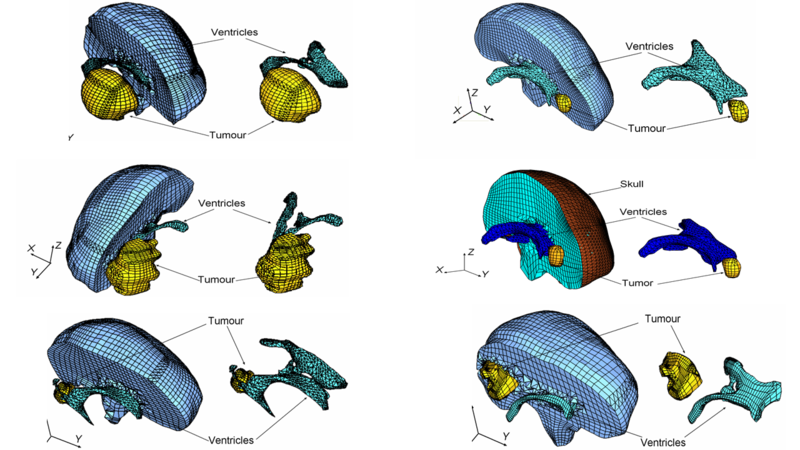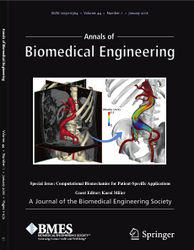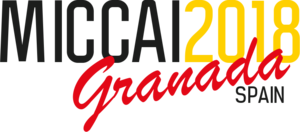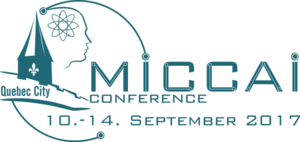ISML Main Page
Improving clinical outcomes through technology
Welcome!
Our mission is to work towards improving clinical outcomes through appropriate use of technology. We are interested in biomechanics (both engineering biomechanics and sport biomechanics), biomedical engineering, computer integrated surgery, medical robotics and related fields. We run exciting research projects in these areas, generously funded by The Australian Research Council and other agencies. We collaborate with many leading institutions, including Harvard Medical School, Lawrence Livermore National Laboratory, AIST Japan and Fraunhofer MEVIS. Within these projects opportunities exist to conduct research towards PhD and MSc by research degrees. Our research streams are:
- Biomechanics of the Brain headed by Professor Adam Wittek.
- Computational Methods for Medicine headed by Associate Professor Grand Joldes.
- Vascular biomechanics.
We are located at arguably one of the nicest university campuses in the world.
I hope you will find our work interesting!
Winthrop Prof. Karol Miller
School of Mechanical and Chemical Engineering
The University of Western Australia
35 Stirling Highway
Crawley WA 6009, AUSTRALIA
Phone:+(61)864888545
Email: [email protected]
https://www.mech.uwa.edu.au/~kmiller/
The University of Western Australia
News
Karol Miller featured on Builder Nation podcast
Click here to listen to Karol Miller discuss "Robots in Healthcare: Challenges of Integration" with Elisa Muñoz on the Builder Nation podcast.
Biomechanics Meets Robotics
One our latest research project "Biomechanics Meets Robotics: Integrated Methods for Accurate and Fast Needle Targeting in Soft Tissues" (research project supported by the Australian Research Council Discovery Grant DP160100714).
Lachlan Kelsey's project featured in CD-Adapco (STAR-CCM+)
Lachlan Kelsey's final year project thesis has featured on the CD-Adapco (STAR-CCM+) website
Karol Miller edited the issue in the Annals of Biomedical Engineering
MICCAI CBM Workshops
Computational Biomechanics for Medicine XV. A MICCAI 2020 Workshop, Lima, Peru, October 2020
MICCAI 2020, the 23rd International Conference on Medical Image Computing and Computer Assisted Intervention, will be held from October 4th to 8th, 2020 in Lima, Peru.
Computational Biomechanics for Medicine XIV. A MICCAI 2019 Workshop, Shenzhen, China, October, 2019
MICCAI 2019, the 22nd International Conference on Medical Image Computing and Computer Assisted Intervention, was held from October 13th to 17th, 2019 in Shenzhen, China.
Computational Biomechanics for Medicine XIII. A MICCAI 2018 Workshop, Granada, Spain, September 2018
MICCAI 2018, the 21st International Conference on Medical Image Computing and Computer Assisted Intervention, was held from September 16th to 20th, 2018 in Granada, Spain.
Computational Biomechanics for Medicine XII. A MICCAI 2017 Workshop, Quebec City, Canada, 14th September 2017
Mathematical modelling and computer simulation have had a profound impact on science and proved tremendously successful in engineering. One of the greatest challenges for mechanists is to extend the success of computational mechanics beyond traditional engineering, in particular to medicine and biomedical sciences. The Computational Biomechanics for Medicine workshops provide an opportunity for researchers to present and exchange ideas on applying their techniques to computer-integrated medicine, which includes MICCAI topics of Medical Image Computing, Computer-Aided Modeling and Evaluation of Surgical Procedures, and Imaging, Analysis Methods for Image Guided Therapies, Computational Physiology, and Medical Robotics. For example, continuum mechanics models provide a rational basis for analysing medical images by constraining the solution to biologically plausible motions and processes. Biomechanical modelling can also provide clinically important information about the physical status of the underlying biology, integrating information across molecular, tissue, organ, and organism scales.
The main goal of this workshop is to showcase the clinical and scientific utility of computational biomechanics in computer-integrated medicine.
Director Receives Research Awards
Winthrop Professor Karol Miller has been elected laureate of Humboldt Research Award for his pioneering work in the field of biomechanics of soft tissues for surgical simulation, details here. He has also received vice chancellor's research award.
Robohub Podcast: Prof. Karol Miller
Follow this link to hear W/Prof. Karol Miller talk about medical robotics, mathematical models of soft tissue (brain, liver, etc.) that can be used for robot-assisted surgery by providing fast and accurate feedback and challenges in making surgery fully autonomous.
ISML Scholarship in Computational Biomechanics for Medicine
ISML Scholarship in Computational Biomechanics for Medicine will be offered to outstanding PhD candidates undertaking research in Intelligent Systems for Medicine Laboratory. It is open to both domestic and international applicants. The value of the Scholarship is A$10000 per annum. For further information contact ISML academics or visit the UWA scholarship page
Director Awarded for Excellent Research Supervision
W/Prof. Karol Miller has been awarded Teaching Excellence and Research Supervision by faculty of Engineering, Computing and Mathematics, The University of Western Australia.
Articles
Another Award Wining Paper
Assoc. Prof. Adam Wittek and W/Prof. Karol Miller have been awarded Sir George Julius medal for their paper:
This trend-setting paper demonstrates and confirms the utility of engineering computations in image-guided surgery. The paper is ranked 10 among ~10000 biomechanics articles published since 2007. Institution of Engineers Australia has judged this paper to be one of the most influential in the last five years.





